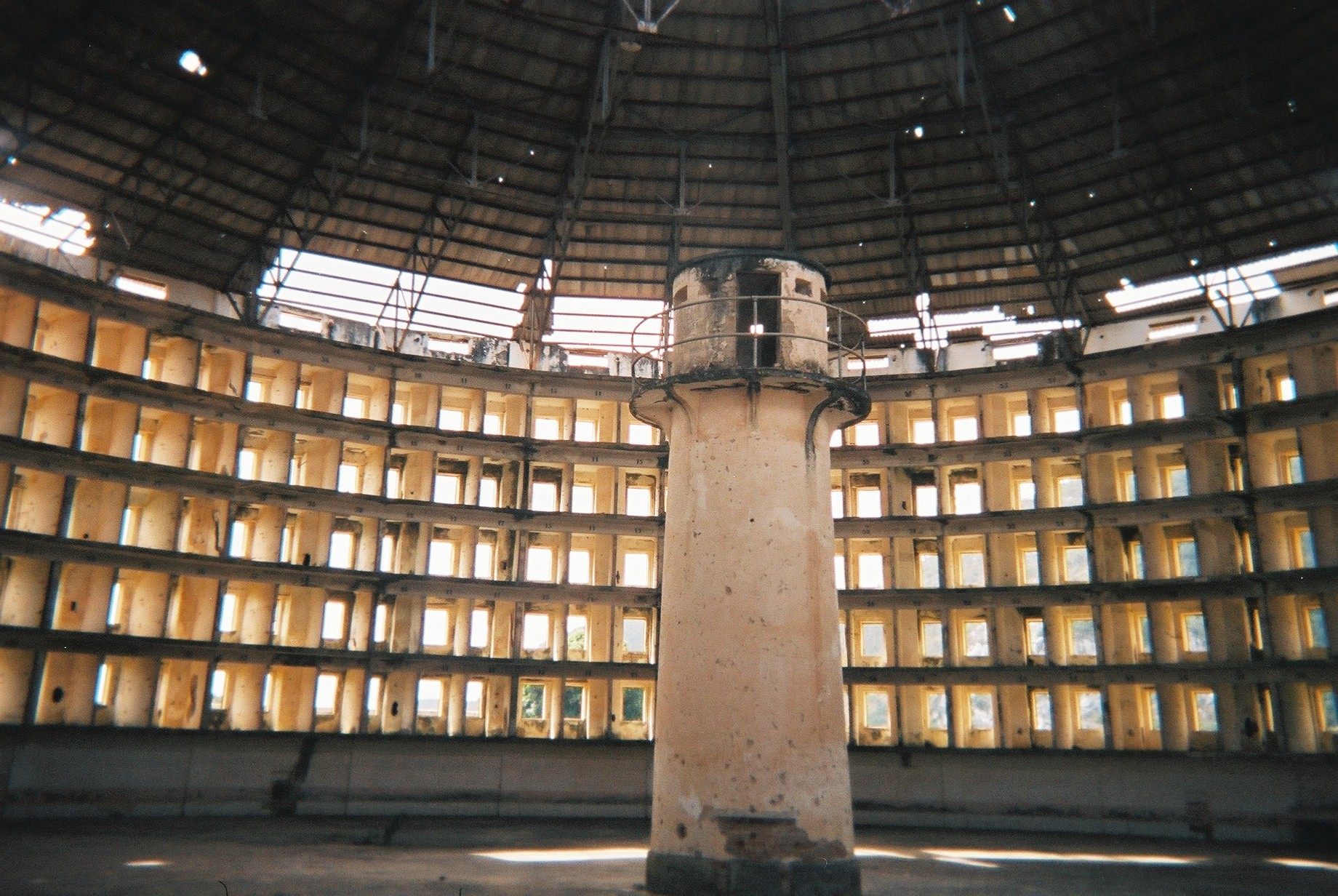The National Security Agency's (NSA) apparatus for spying on what passes over the Internet, phone lines, and airways has long been the stuff of legend, with the public catching only brief glimpses into its Leviathan nature. Thanks to the documents leaked by former NSA contractor Edward Snowden, we now have a much bigger picture.
When that picture is combined with federal contract data and other pieces of the public record—as well as information from other whistleblowers and investigators—it's possible to deduce a great deal about what the NSA has built and what it can do.
We've already looked at the NSA's basic capabilities of collecting, managing, and processing "big data." But the recently released XKeyscore documents provide a much more complete picture of how the NSA feeds its big data monsters and how it gets "situational awareness" of what's happening on the Internet. What follows is an analysis of how XKeyscore works and how the NSA's network surveillance capabilities have evolved over the past decade.
Boot camp
After the attacks of September 11, 2001 and the subsequent passage of the USA PATRIOT Act, the NSA and other organizations within the federal intelligence, defense, and law enforcement communities rushed to up their game in Internet surveillance. The NSA had already developed a "signals intelligence" operation that spanned the globe. But it had not had a mandate for sweeping surveillance operations—let alone permission for it—since the Foreign Intelligence Surveillance Act (FISA) was passed in 1978. (Imagine what Richard Nixon could have done with Facebook monitoring.)
The Global War On Terror, or GWOT as it was known around DC's beltway, opened up the purse strings for everything on the intelligence, surveillance, and reconnaissance (ISR) shopping list. The NSA's budget is hidden within the larger National Intelligence Program (NIP) budget. But some estimates suggest that the NSA's piece of that pie is between 17 and 20 percent—putting its cumulative budget from fiscal year 2006 through 2012, conservatively, at about $58 billion.


 Loading comments...
Loading comments...
